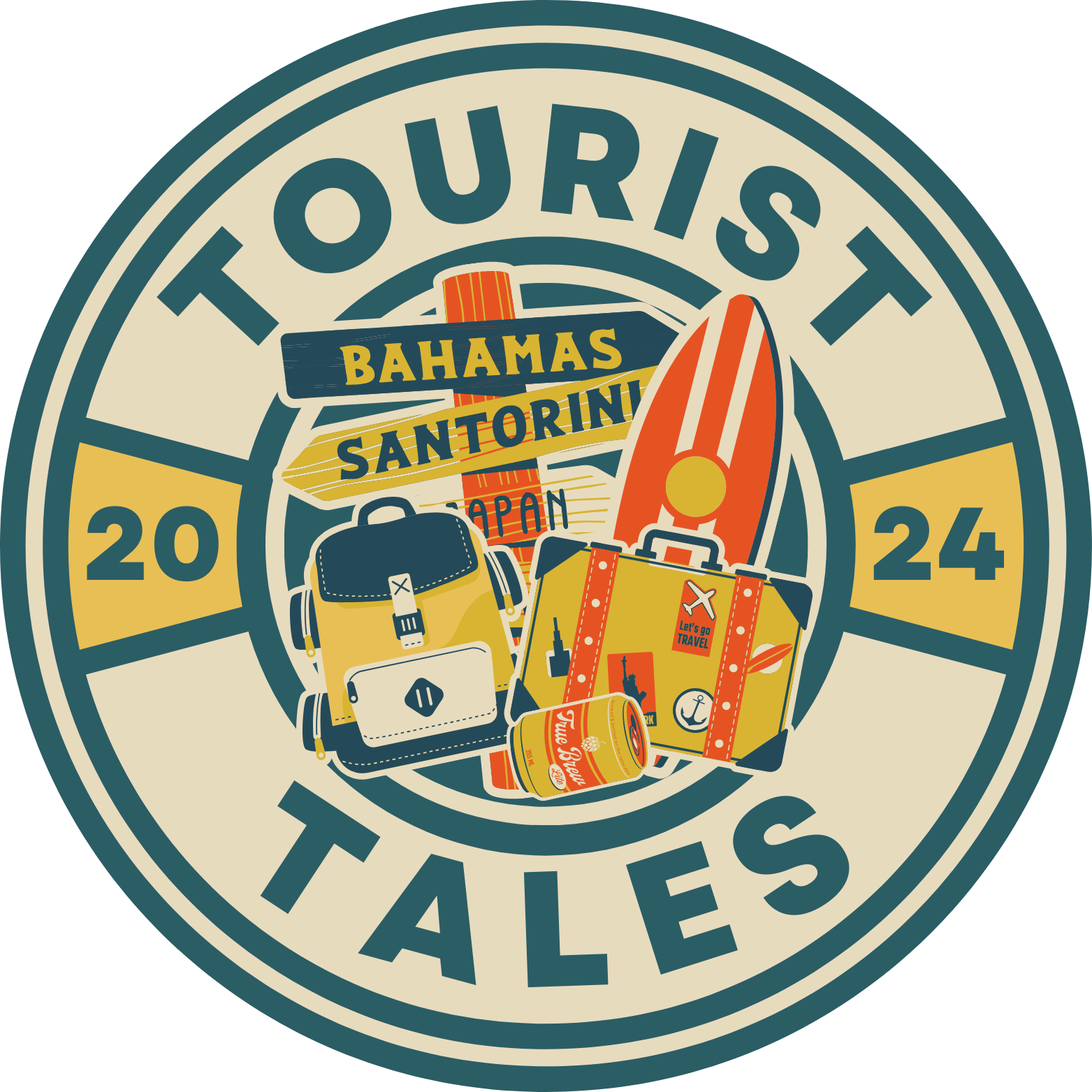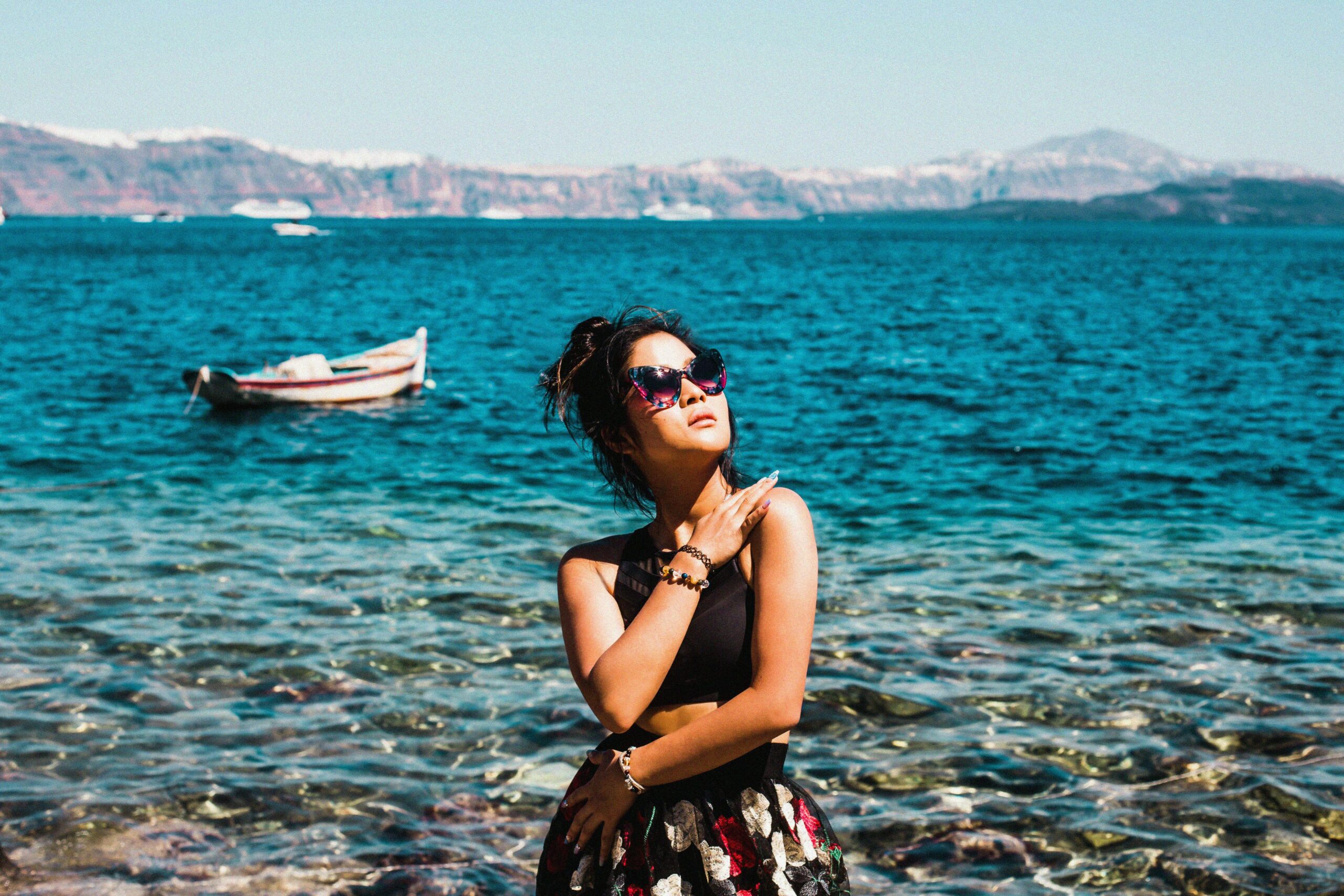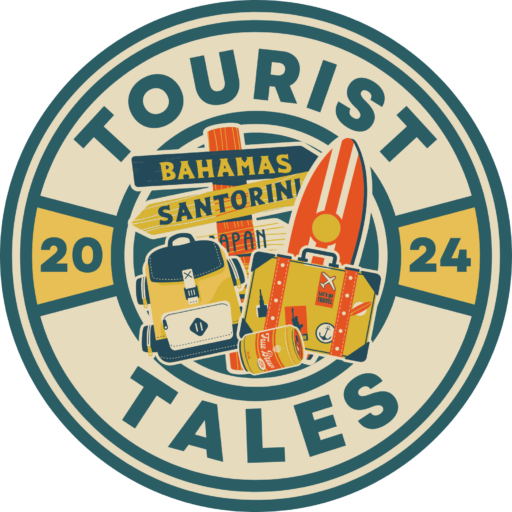Ah, Santorini! This Greek gem, with its iconic white-washed buildings and breathtaking sunsets, has long been a dream destination for travellers like you and me. But as its fame has grown, so have the crowds. Is Santorini ruined by tourists?
That’s the million-dollar question, isn’t it? As someone who adores this island, I’ve found myself pondering this very issue. So, I’ve decided to dive deep and explore both sides of the coin.
Join me on this journey as I uncover the truth about overtourism in Santorini. Together, we’ll weigh the pros and cons, the good, the bad, and the ugly, to help you form your own informed opinion. Whether you’re a seasoned traveller or dreaming of your first visit, this blog post is for you.
Santorini’s allure: a paradise found
The moment I set foot on Santorini, I was captivated. The island’s dramatic volcanic cliffs, rising from the azure Aegean Sea, create a scene straight out of a postcard. Picture-perfect whitewashed villages, like Oia and Fira, cling to these cliffs, their blue-domed churches and charming alleyways beckoning to be explored. It’s a sight that takes your breath away, and it’s easy to see why Santorini is a bucket-list destination for so many.
Santorini’s allure goes beyond its stunning scenery
This island is steeped in history and culture, with traces of ancient civilisations and volcanic eruptions woven into its fabric. The fascinating archaeological site of Akrotiri, buried under volcanic ash for centuries, offers a glimpse into life on the island before the cataclysmic eruption that shaped its landscape. The island’s unique geological formations, like the caldera, a giant volcanic crater filled with seawater, are a testament to its fiery past.
Santorini’s cultural heritage is equally rich. The island’s traditional architecture, with its cave houses and windmills, reflects a way of life shaped by the environment. The local cuisine, bursting with fresh seafood and Mediterranean flavours, is a culinary delight. And the warm hospitality of the Santorini people makes you feel like you’re part of a big, welcoming family.
Tourism’s impact on the local economy
There’s no denying that tourism plays a vital role in Santorini’s economy. The influx of visitors supports local businesses, from charming tavernas and shops to hotels and tour operators. The tourism industry creates jobs and provides livelihoods for many Santorini residents. It also helps to fund essential infrastructure projects, such as roads, ports, and utilities, that benefit both locals and visitors.
The economic benefits of tourism are undeniable, but they come with a caveat. The question remains: is Santorini ruined by tourists? Has the pursuit of economic prosperity come at the cost of the island’s natural beauty, cultural authenticity, and overall sustainability?
The tourist influx
As much as I love sharing Santorini’s beauty with fellow travellers, there’s a growing concern that tourism’s popularity could be its downfall. This phenomenon, known as overtourism, happens when a destination becomes overwhelmed by visitors, leading to a host of negative consequences.
Overtourism’s environmental impact
One of the most significant concerns is the impact on the environment. As more tourists flock to Santorini, the island’s natural resources are put under immense strain. Increased water consumption, waste generation, and energy usage can lead to pollution and environmental degradation.
- Water scarcity: Santorini, a naturally arid island, struggles to meet the water demands of both residents and tourists.
- Waste management: The sheer volume of waste generated by tourists can overwhelm the island’s waste management systems, leading to overflowing landfills and potential pollution.
- Energy consumption: The increased energy consumption associated with tourism can contribute to greenhouse gas emissions and climate change.
Overcrowding and infrastructure strain
The sheer number of tourists can also overwhelm Santorini’s infrastructure. Narrow streets become clogged with traffic, causing congestion and frustration for both locals and visitors. Public spaces can become overcrowded, making it difficult for everyone to enjoy the island’s beauty.
- Traffic congestion: Santorini’s roads, designed for a smaller population, struggle to cope with the influx of cars and tour buses, leading to traffic jams and delays.
- Overcrowded public spaces: Popular viewpoints and attractions can become packed with tourists, making it difficult to appreciate the scenery and cultural sites.
The burden on locals
The negative impact of overtourism isn’t limited to the environment and infrastructure. The local population can also bear the brunt of the burden. The rising cost of living, driven by increased demand for housing and goods, can make it difficult for locals to afford to live on the island.
- Increased cost of living: As tourism drives up prices, locals may struggle to afford housing, food, and other necessities.
- Strain on cultural identity: The constant influx of tourists can dilute the island’s unique cultural identity, as local traditions and customs are adapted to cater to visitor preferences.
Is Santorini ruined by tourists? The answer isn’t a simple yes or no. While tourism has undoubtedly brought economic benefits, it’s crucial to acknowledge and address the potential negative consequences. Finding a balance between tourism and sustainability is key to ensuring that Santorini remains a paradise for generations to come.
Beyond the crowds: seeking santorini’s authenticity
If you’re like me, you crave authentic experiences that go beyond the tourist trail. Thankfully, Santorini still has plenty of hidden treasures waiting to be discovered. By venturing off the beaten path, you can escape the crowds and uncover the island’s true charm.
Exploring Santorini’s charming villages
Instead of sticking to the popular tourist hubs of Oia and Fira, why not explore some of Santorini’s lesser-known villages? These charming settlements offer a glimpse into traditional island life, with their quaint houses, peaceful squares, and friendly locals.
- Pyrgos: This picturesque village, perched atop a hill, boasts a medieval castle, narrow streets, and panoramic views.
- Megalochori: Known for its winemaking tradition, Megalochori offers a chance to visit family-owned wineries and sample local wines.
- Emporio: This historic village is home to a well-preserved medieval castle and a labyrinthine network of narrow streets.
Supporting local businesses and cultural preservation
One of the best ways to experience authentic Santorini is to support local businesses and cultural initiatives. By choosing to dine at family-owned tavernas, shop at local markets, and participate in cultural activities, you’ll contribute to the island’s economy and help preserve its unique heritage.
- Visit local wineries: Santorini is renowned for its unique volcanic wines. Take a tour of a family-owned winery and learn about the winemaking process.
- Take a cooking class: Learn to prepare traditional Santorini dishes with local chefs and discover the secrets of the island’s cuisine.
- Attend a cultural event: Check out local festivals, concerts, or exhibitions to experience Santorini’s vibrant cultural scene.
Responsible tourism practices
As travellers, we have a responsibility to minimise our impact on the environment and respect local customs. By adopting responsible tourism practices, we can ensure that Santorini remains a pristine and welcoming destination for future generations.
- Respect the environment: Dispose of waste properly, conserve water, and avoid disturbing natural habitats.
- Dress modestly: When visiting churches or monasteries, dress respectfully by covering your shoulders and knees.
- Support local businesses: Choose locally-owned accommodation, restaurants, and shops to contribute to the local economy.
- Be mindful of noise levels: Keep noise to a minimum, especially in residential areas and during quiet hours.
By embracing responsible tourism and venturing beyond the tourist hotspots, you can discover a side of Santorini that’s truly authentic and unforgettable. So, is Santorini ruined by tourists? It doesn’t have to be. By making conscious choices and supporting sustainable practices, we can all play a part in preserving this island paradise.
The future of santorini: balancing tourism and tradition
As we’ve seen, the question “Is Santorini ruined by tourists?” doesn’t have a simple answer. But one thing is clear: finding a balance between tourism and preserving Santorini’s unique character is crucial for the island’s future. It’s a delicate dance, but one that I believe is possible with thoughtful planning and responsible actions.
Sustainable tourism initiatives: a glimmer of hope
Thankfully, local authorities and tourism boards are taking steps to promote sustainable tourism practices in Santorini. These initiatives aim to minimise the negative impacts of tourism while maximising the benefits for both the island and its visitors.
- Limiting cruise ship arrivals: To reduce overcrowding, authorities have implemented restrictions on the number of cruise ships allowed to dock in Santorini’s port each day.
- Encouraging off-season travel: Promoting tourism during the shoulder seasons helps to spread out visitor numbers and reduce the strain on resources during peak periods.
- Supporting local businesses: Initiatives to support local businesses and promote authentic cultural experiences are helping to preserve Santorini’s unique identity.
Ecotourism: a sustainable alternative
Ecotourism, a form of tourism that focuses on responsible travel to natural areas, could be a promising solution for Santorini. By promoting eco-friendly activities, such as hiking, birdwatching, and visiting sustainable farms, the island can attract a different type of traveller who is more interested in experiencing the island’s natural beauty and cultural heritage than in mass tourism.
Embracing ecotourism could help reduce the environmental impact of tourism, support local communities, and create a more sustainable future for Santorini. It’s a win-win situation for both visitors and the island itself.
Wrapping up
As we’ve journeyed through Santorini’s sun-kissed alleys and breathtaking vistas, it’s clear that overtourism is a complex issue with no easy answers. The island’s allure is undeniable, but its popularity comes at a cost.
Yet, Santorini’s magic isn’t lost. By embracing responsible tourism – choosing eco-friendly options, supporting local businesses, and treading lightly on this precious land – we can each contribute to a brighter future.
Together, with mindful choices and a commitment to sustainability, we can ensure that Santorini remains a paradise for generations to come. It’s a collective effort, but one that’s worth it to preserve this enchanting island.
Make Your Trip Easier
I’m all about planning trips on your own and figuring your way around the local scene. But still, I don’t want to leave you like a fish out of water!
Here are some resources I regularly use whenever I travel (on my own or with other people):
- Find fun things to do with Get Your Guide.
- Need accommodations? Find the best hotel deals on Booking.com!
- Get around like a local by booking a car rental on Discover Cars.
- Don’t sink or swim! Make ferry bookings easier on Ferryscanner.
- Looking to teach ASL or find work as you settle into your new life? This ITTT TEFL course is exactly what you need.
- Plane tickets can be pricey. Find the best deals on Oneflyaway and Faredrop.
- You know what they say, safety is the best policy. Keep yourself protected with travel insurance from Safetywing.
- Need to send or receive money overseas? It’s be unwise not to use Wise.





